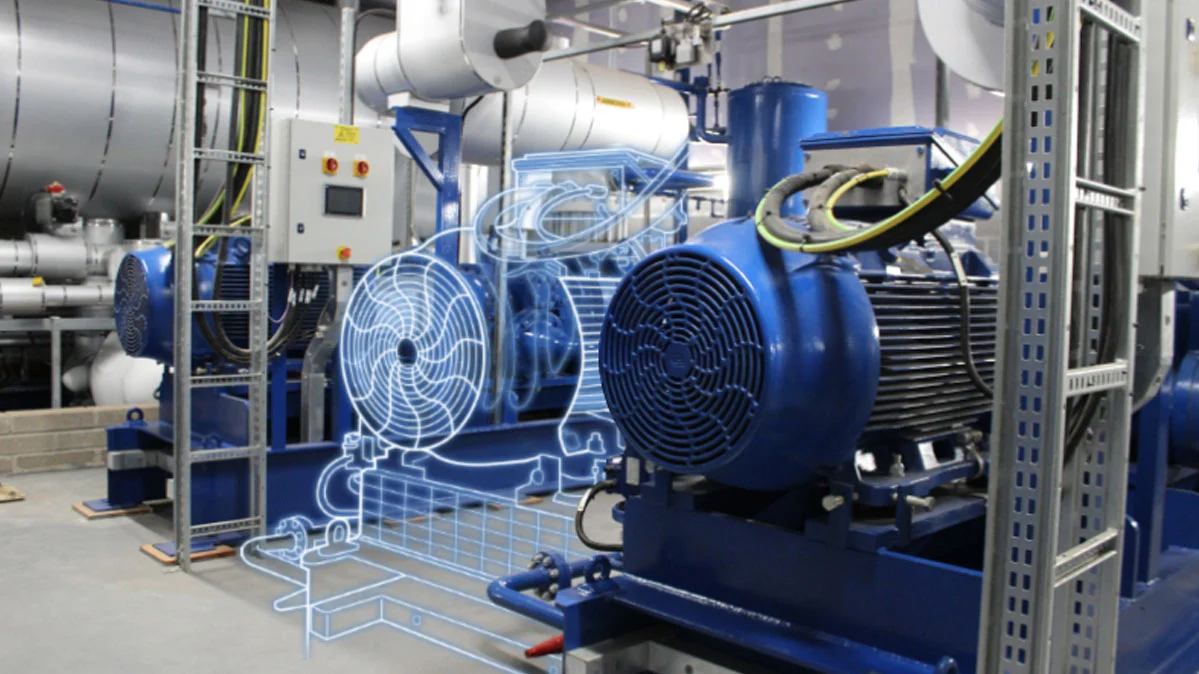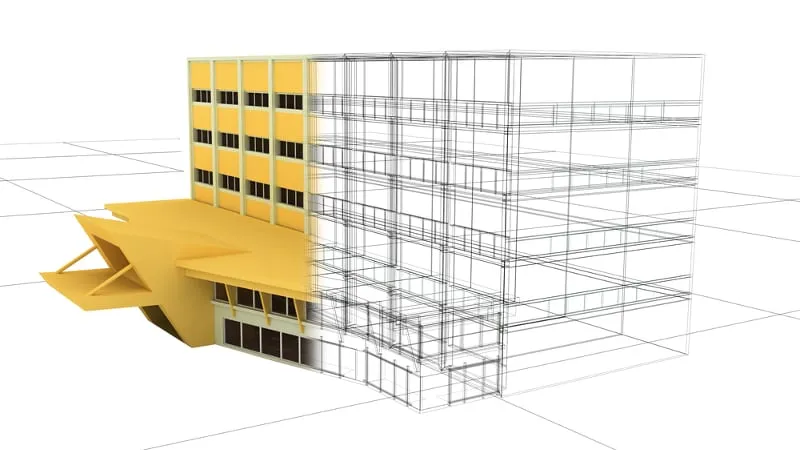How Can BIM Optimize Production in Industry 4.0?
Industry 4.0 is transforming the way industrial assets are designed, built, and managed. Among the key tools driving this revolution is Building Information Modeling (BIM), which has become an essential pillar for optimizing production.
Thanks to its digitization capabilities, integration with the Internet of Things (IoT), and predictive analytics, BIM enables efficient management, cost reduction, and optimized planning across all production phases. In this article, we explore how BIM enhances productivity in Industry 4.0 and its key benefits.
BIM and Industry 4.0: A Key Technological Evolution
What Is BIM and How Has It Evolved?
Building Information Modeling (BIM) is a methodology that enables the creation and management of digital models for buildings and infrastructure. It originated from CAD (Computer-Aided Design) systems in the 1970s and evolved in the 1990s into a collaborative, data-driven approach.
Today, BIM not only optimizes the design and construction phases but also improves the management of an asset’s entire lifecycle, from maintenance to demolition or reuse.
Industry 4.0 and the Digitalization of Processes
Industry 4.0 is characterized by automation and the use of smart technologies such as:
✅ IoT (Internet of Things): Connected sensors that provide real-time data.
✅ Big Data & Artificial Intelligence: Predictive analytics and optimized decision-making.
✅ Automation & Robotics: Faster and more efficient processes.
Integrating BIM with these technologies enhances planning, energy efficiency, and production across various industrial sectors.
Benefits of BIM in Industry 4.0
Implementing BIM within digital and automated environments to optimize production offers key advantages:
1️⃣ Optimized Planning and Error Reduction
With BIM, all disciplines involved (architecture, engineering, construction) work on a centralized digital model, which:
🔹 Reduces design conflicts and errors.
🔹 Improves team coordination.
🔹 Speeds up production and construction timelines.
2️⃣ Increased Energy Efficiency
Energy efficiency is a priority in Industry 4.0. BIM enables:
🔹 Simulation and analysis of energy consumption in buildings or infrastructure.
🔹 Optimized designs to minimize material and energy waste.
🔹 Implementation of sustainable strategies based on real-time data.
3️⃣ Simulation and Predictive Analysis
One of BIM’s greatest benefits is the ability to simulate different scenarios before executing a project or production process. This enables:
🔹 Identifying issues before construction.
🔹 Enhancing structural performance through strength and durability analysis.
🔹 Implementing predictive maintenance based on IoT data.
4️⃣ Efficient Asset Lifecycle Management
BIM is not only used in the design phase but also throughout an asset’s entire lifecycle:
🔹 Construction: Real-time cost and resource control.
🔹 Maintenance: Early fault detection via IoT sensors.
🔹 Decommissioning: Sustainable planning to reduce waste.
5️⃣ Higher Profitability and Cost Reduction
BIM helps minimize operational costs by:
🔹 Reducing error margins and rework.
🔹 Optimizing material usage.
🔹 Shortening project execution times.
Integrating BIM with Industry 4.0 Technologies
BIM + IoT: Real-Time
Monitoring IoT sensors collect real-time data on:
🔹 Environmental conditions (temperature, humidity).
🔹 Structural material status.
🔹 Facility energy consumption.
These data points integrate into the BIM model, enabling more precise, data-driven decision-making.
BIM + Artificial Intelligence: Advanced Analysis
Artificial intelligence interprets the data collected by BIM to predict:
🔹 Structural failures before they occur.
🔹 Excessive energy consumption and resource optimization.
🔹 Strategies to enhance production efficiency.
BIM + Automation: Construction 4.0
Automation in construction is now a reality thanks to the integration of robots and smart machinery with BIM models. This enables:
🔹 Faster and more precise construction.
🔹 Reduced occupational hazards.
🔹 Optimized material usage with less waste.
The Future of BIM in Industry 4.0
BIM’s growth within Industry 4.0 is unstoppable. Future trends include:
- 🔹 Greater use of Virtual and Augmented Reality to improve project planning and oversight.
You may also like: AR and VR: New Frontier of Digital Experience and Virtual Twins
- Total construction automation through 3D printing and advanced robotics.
- 🔹 Smart buildings that automatically adjust energy consumption thanks to BIM and IoT.
Companies that adopt BIM as part of their digital strategy to optimize production will be better prepared for a more efficient, profitable, and sustainable future.
Conclusion
Building Information Modeling (BIM) is an essential tool for optimizing production in Industry 4.0, enabling better planning, enhanced production optimization, and greater energy efficiency.
Through its integration with IoT, Artificial Intelligence, and automation, BIM not only reduces costs but also improves sustainability and the lifecycle management of industrial assets.
👉 Is your company ready for digital transformation? Contact Foundtech and discover how to implement BIM to optimize your production.



